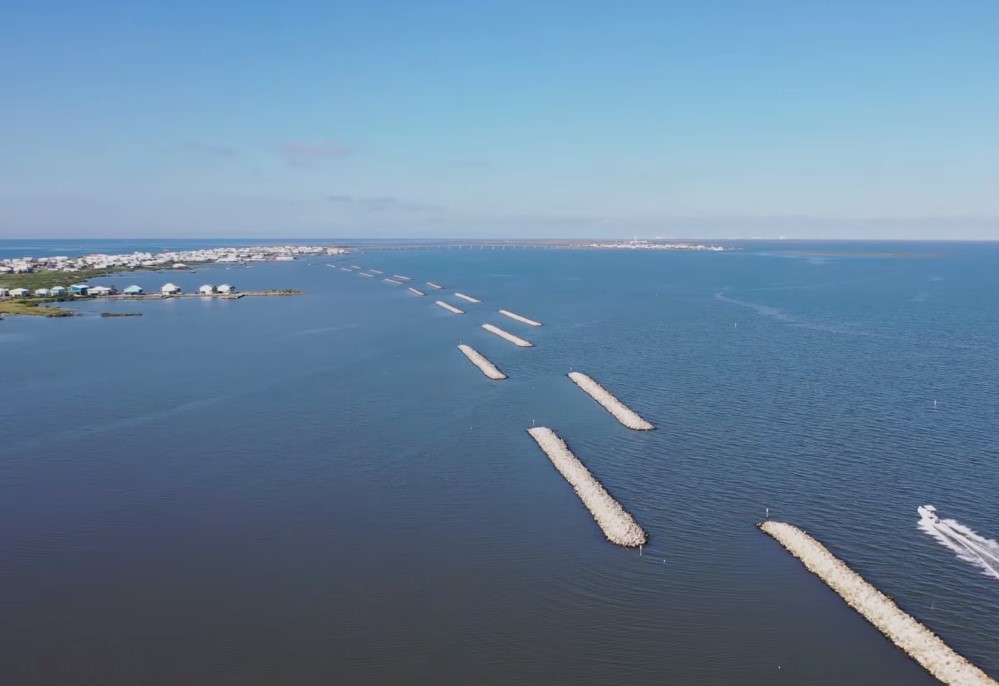


Depth, width, height, size, and position relative to the shoreline of the living breakwater are the major components that will determine the effectiveness of the structure.

As such, it is sited in a similar way to a traditional breakwater to provide the maximum amount of erosion and wave energy reduction possible. As waves break on the structure, their energy is reduced, calming waters on the shoreward side of the breakwater and reducing the direct impacts to the shoreline.Ī living breakwater is first and foremost intended to serve as protection against storm surge and coastal erosion. Living breakwaters reduce the effects of storm surge and coastal erosion by absorbing wave energy during storm events. Living breakwaters – sometimes known as artificial reefs – incorporate natural habitat by providing opportunities for settlement and colonization by oysters or hard corals or by creating complex structural components that provide shelter and habitat for various marine and aquatic species. While traditional breakwaters may be made from stone, concrete, or other building materials, a living breakwater is a breakwater that is intentionally designed to incorporate natural habitat components while still providing protection to the coastline. Breakwaters are offshore structures designed to limit wave energy by creating a barrier, most often underwater, between open water and the shoreline.


 0 kommentar(er)
0 kommentar(er)
